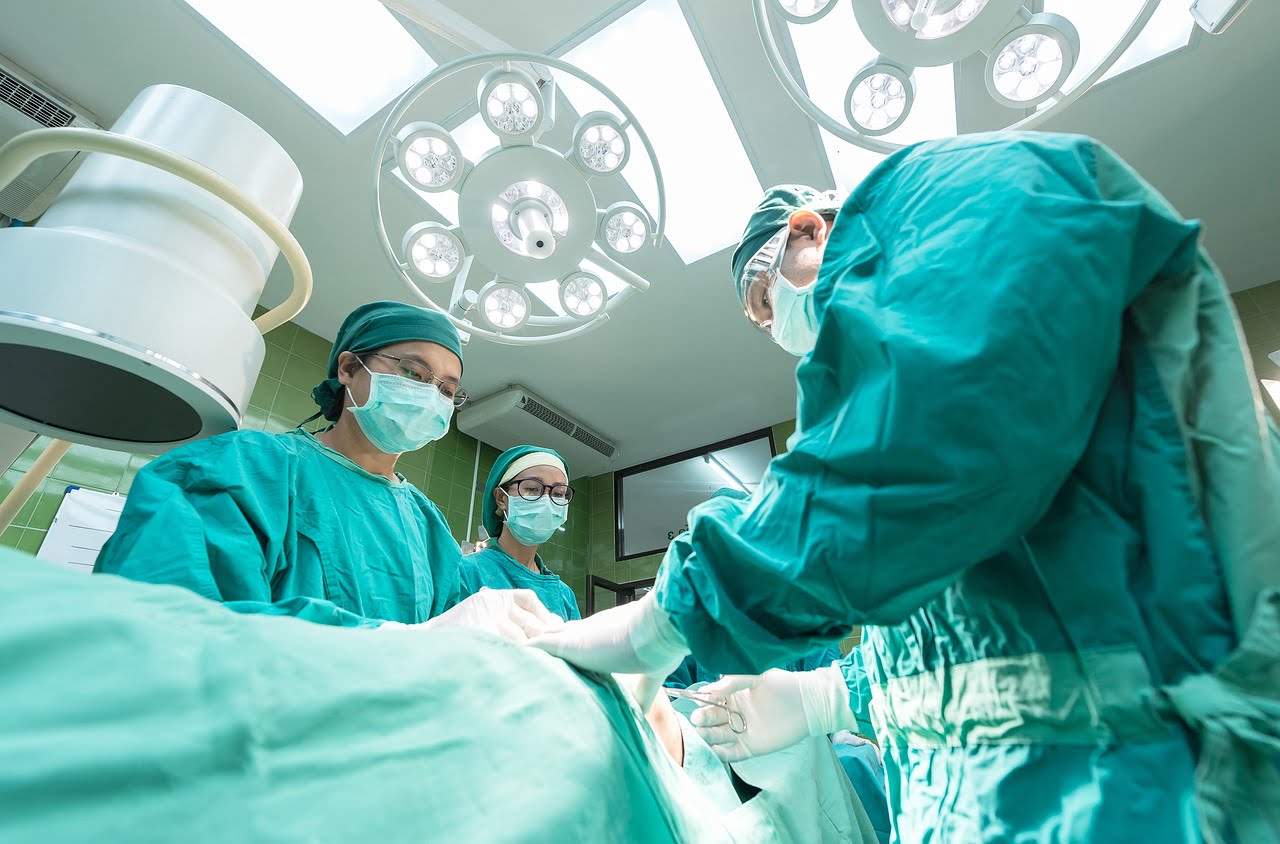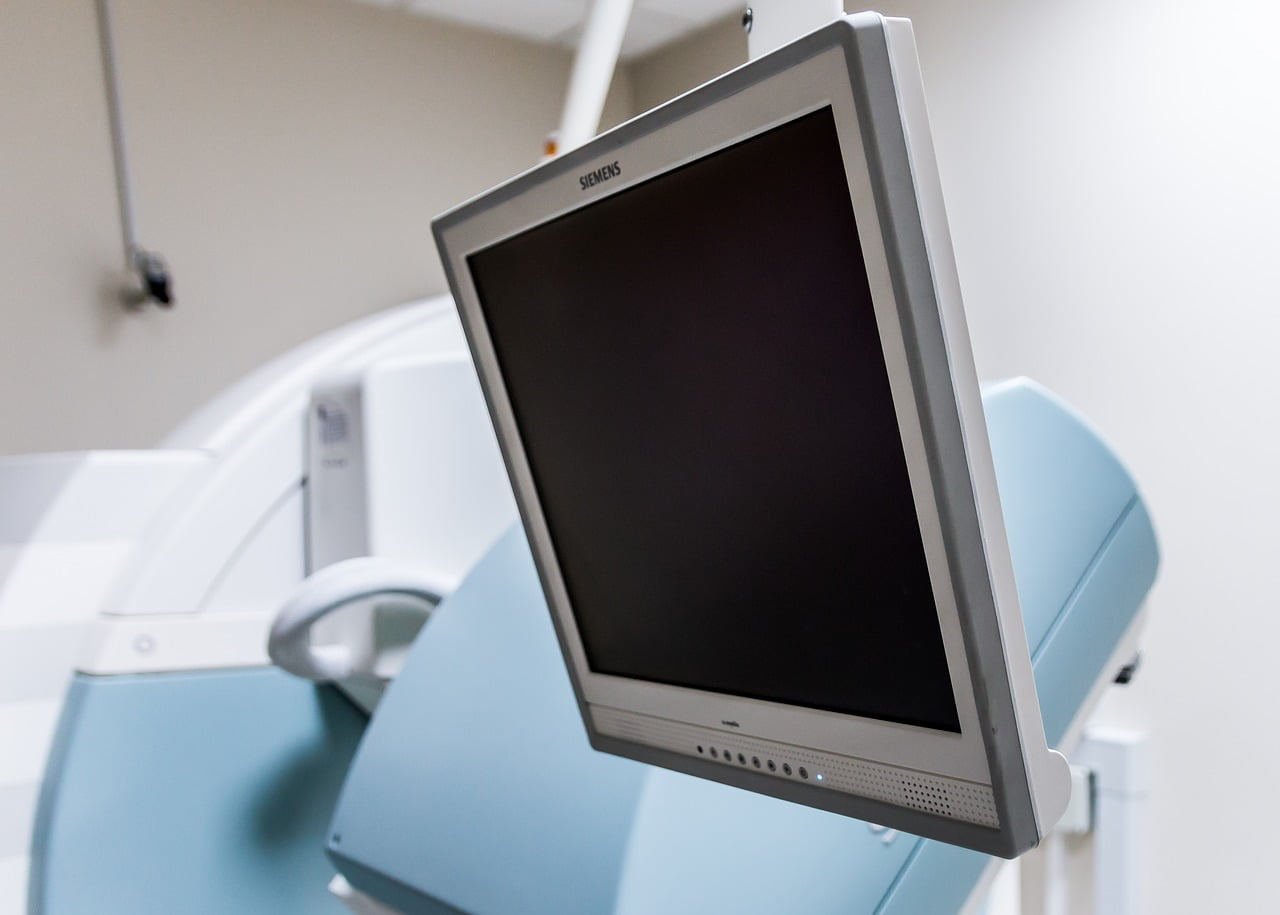If you debate with yourself about whether you should consider breast augmentation, certain aspects should first be analyzed and understood. Do not rush into this and make a wrong decision, because the repercussions might last a lifetime.
Let’s start by discussing breast augmentation at its most basic level.
Learning About Breast Augmentation
Breast augmentation is also known by the name Augmentation Mammaplasty. The word “mammaplasty” refers to any procedure meant to reshape or modify breasts, and can include augmentation, reduction, and/or reconstruction. Augmentation means a medical procedure that involves using breast implants to improve your breast size. Many women like to use this procedure to achieve larger breasts or to restore fullness and shape after several pregnancies.
As mentioned in previous articles, there are 4 different types of incision used to insert the implants. Also, there are 2 types of implants: silicone and saline. Saline implants contain sterile salt water while the silicone ones contain a plastic gel known as silicone.
Surgery, Health Risks, and Types of Implants
Just like in any surgery, there have been cases where the silicone implants have leaked, causing health issues. A study performed on women with implants found that at least one implant will rupture within 11 years, and the probability of it happening increases each year. The FDA recommends receiving MRI screening after 3 years of having breast implant surgery and every 2 years after that.
Currently, only three companies have approval to produce silicone implants:
- Mentor
- Allergan
- Sientra
Breast augmentation can cost anywhere from $5,000 to $10,000. In 2017, breast augmentation costed $3,718 on average. Similarly, implant removal was $2,357 on average. This type of surgery falls under the cosmetic category. Unfortunately, this means that most health insurance companies will not cover the costs for this type of procedure.

During the medical procedure, the patient undergoes anesthesia, and the surgery can take up to two hours to perform. Depending upon your body type and how large the implant is, the surgeon will need to make incisions. These will be under your breast, under your arm or around the nipple area.
Post-Surgery and Recommendations
The actual implant is inserted into a pocket above your chest muscle and is closed with sutures or surgical tape. Once the surgery is finished your breasts are covered with gauze and you may have drainage tubes inserted. Full recovery can take up to six weeks and many women prefer to wear a surgical bra during this time. The scars and swelling will disappear.
If the shape of your breasts change, you may need to have new implants inserted. Plus, if you are planning on breast feeding, implants can make this more difficult.
As with any surgical procedure, a breast augmentation does have its risks. These include:
- Breast pain
- Sensitive breasts or nipples
- Scars
- Bleeding
- Hardening of the breasts due to capsular contracture
- Infections near the point of incision
- Leaking of the implants
- Sagging of the breasts, often called “ptosis”
You may have heard horror stories of implants that leak and it is those made from silicone that poses more of a health risk. If a saline implant leaks, then your body will absorb the salt water with no major issues. Plus when it deflates you will know that something is wrong. With silicone implants there is often no sign to indicate that they have leaked. For this reason, please heed the recommendation to undergo MRI scans semi-regularly.

As you can see, there is a lot to think about before deciding whether breast augmentation is for you or not. You may also want to look at natural alternatives as well, such as the one we discuss in this post.
Common Questions
The most common breast augmentation procedure is Augmentation Mammaplasty, commonly known as breast augmentation. It involves using implants to enhance breast size.
The choice between silicone and saline implants depends on individual preferences. Both types have their pros and cons, so it’s essential to consult with a qualified surgeon to determine the best fit for your needs.
The procedure typically involves anesthesia, incisions, implant insertion, closure with sutures or tape, and post-operative care. Incisions can be made under the breast, under the arm, or around the nipple, depending on the individual and implant size.
Breast augmentation refers to the overall procedure of enhancing breast size, often involving implants. Implants, on the other hand, specifically denote the silicone or saline devices inserted to achieve the desired augmentation.
